8 Ways AI Transforms Digital Image Generation
8 Ways AI Transforms Digital Image Generation
Learn how artificial intelligence (AI) is bringing a new edge to digital image generation with eight transformative methods.
AI technology can turn regular images into visually impressive pieces by improving image quality and minimizing noise.
Witness how AI technology takes on the role of an artist, transferring styles and applying artistic filters. This allows users to produce visually appealing and original images.
Step into the realm of true-to-life image synthesis, automated captioning, and deepfake manipulation.
AI also plays a critical role in object recognition, facial analysis, and image restoration. These technologies provide a glimpse into the potential of AI in the field of digital image generation.
'Artificial Intelligence isn't just a tool. It's a new language, a fresh way of expressing our ideas and thoughts,' says tech entrepreneur Marc Benioff.
So, let's start speaking and understanding this new language of AI.
Key Takeaways
Artificial intelligence (AI) plays a critical role in the creation of digital images. It not only enhances the quality of pictures but also adds artistic flair, crafts lifelike images from text descriptions, automates the captioning process, identifies and segments objects, analyzes facial expressions and sentiments, crafts convincing deepfake photos, and even restores or rebuilds damaged images.
The role of AI in digital image creation has made the process more streamlined and has spawned a range of opportunities for crafting visually stimulating experiences. Keeping in mind the rapid strides being made in technology, it's evident that AI will persistently mold the future of digital image generation. As a popular saying suggests, 'The only limit to AI is the imagination'.
What's the key message here? AI is not just altering the method of image generation; it's redefining the way we communicate visually. Consequently, we can anticipate more creative, immersive, and engaging visual experiences in the forthcoming years.
Image Enhancement and Noise Reduction
Artificial Intelligence for Image Quality Improvement and Noise Reduction
Let's talk about the role of artificial intelligence (AI) in improving the quality of digital photos and reducing noise in them. AI is making significant strides in this area, making the process of improving image quality more straightforward and efficient.
AI algorithms can scrutinize and comprehend the visual elements of an image, leading to accurate adjustments for better quality. The power of deep learning enables AI to spot and lessen various noise forms, such as random noise, Gaussian noise, and even compression artifacts. The outcome? An image that's visually more pleasing, with enhanced clarity and detail.
AI's capabilities to improve image quality and reduce noise are proving invaluable in different sectors. Be it photography, medical imaging, or surveillance systems, AI is providing both professionals and hobbyists with robust tools to better their digital images.
As Mark Twain once said, 'The secret of getting ahead is getting started.' The same holds for AI in image processing. The sooner we start utilizing these tools, the quicker we'll see improvements in our digital images.
Style Transfer and Artistic Filters
Artistry and Machine Learning: A New Frontier
Harness the power of machine learning to add an artistic touch to your digital photos. Using deep learning algorithms, style transfer and artistic filters are now available to reimagine the appearance of your photos.
The concept of style transfer is fascinating. It takes the artistic style from one image and imposes it onto another, creating a hybrid of both styles. Imagine transforming a simple photograph into a masterpiece reminiscent of Van Gogh or Picasso, all thanks to advanced machine learning.
On the other side, artistic filters bring a variety of visual effects to your photos. From giving your photos the look of an oil painting or watercolor to making them resemble a sketch, these filters offer new ways to express your artistic vision.
Whether it's adding texture, depth, or vibrancy, these tools offer a way for you to show off your creativity and create visually appealing compositions. As Steve Jobs once said, 'Technology alone isn't enough. It's technology married with the liberal arts, married with the humanities, that yields us the results that make our hearts sing.'
Realistic Image Synthesis From Text
Let's turn our attention to the fascinating field of generating lifelike images from textual descriptions, a concept that builds on the previous knowledge of style transfer and artistic filters. This research area, powered by artificial intelligence, is making great strides in allowing us to create realistic images from text.
A significant part of this advancement comes from deep learning methods, particularly generative adversarial networks (GANs). In a nutshell, a GAN uses two networks, one that creates the images (generator) and another that assesses their realism (discriminator). The generator takes the text descriptions and converts them into corresponding images. The discriminator then comes into play, checking the accuracy of these images. This method has shown to be quite successful in crafting images that accurately reflect the input text description.
But the wonders of AI in image processing don't stop here. We can see its application in automated image captioning, which is as intriguing as it sounds.
In the words of a renowned AI researcher, 'The potential of AI in image processing is vast, and we're only scratching the surface.'
We look forward to seeing what the future holds for this fascinating field.
Automated Image Captioning
Automated Image Captioning
The advent of automated image captioning brings a fresh change in how we describe digital images using AI technology. This fresh method employs deep learning algorithms to create descriptive captions that give a true representation of an image's content. By picking out the visual aspects of an image, such as objects, scenes, and relationships, the AI system can create captions that offer in-depth information about the image.
This technology finds use in various areas, from improving accessibility for visually impaired individuals to refining image search algorithms and allowing automatic content tagging. Automated image captioning holds a promise to notably improve our understanding and interpretation of digital images, enabling us to pull out valuable information from visual content.
With the capability to create accurate and meaningful captions, we can smoothly move forward to the next section about object recognition and segmentation for deeper analysis and better comprehension of digital images.
As a wise man once said, 'Understanding images isn't just about seeing, it's about interpreting, and automated image captioning gives us the keys to this interpretation.'
Object Recognition and Segmentation
Advancements in AI have brought about significant changes in how we identify and distinguish objects in digital images. The precision and efficiency with which objects are recognized within an image have improved significantly, providing more accurate results. Additionally, the ability to segment objects - separating them from their backgrounds - has become more precise. AI algorithms have played a significant role in this progress, making the identification and separation of objects in digital images more sophisticated and dependable. This marks a significant shift in the field of computer vision.
To give you a better understanding of this, consider the work of a graphic designer who needs to separate a subject from its background in an image. In the past, this was a time-consuming manual process. But with advanced AI algorithms, this task becomes much simpler and more efficient, saving the designer valuable time and effort.
As we continue to make strides in AI, the way we interact with and understand digital images will continue to evolve. As the famous computer scientist, Alan Turing, once said, 'We can only see a short distance ahead, but we can see plenty there that needs to be done.'
AI Improving Image Recognition
AI Transforming Image Recognition
AI is making significant strides in improving image recognition abilities via object recognition and segmentation. The present-day developments of AI algorithms have significantly altered how machines perceive and classify objects within digital images. The process of object recognition entails teaching AI models, using substantial datasets, to distinguish specific objects or patterns, like cars, human faces, or architectural structures.
Thanks to deep learning techniques, AI proves its effectiveness by accurately spotting and categorizing objects in real-time. In addition, the utility of AI in image segmentation allows for a meticulous outlining of object boundaries within an image. This form of technology makes it possible to separate objects from their backgrounds, paving the way for more complex image analysis tasks.
Advanced object segmentation methods, such as instance segmentation, further boost the precision and detail of object recognition. This advancement widens the scope for more complex applications in fields like self-driving vehicles, medical imaging, and augmented reality.
As the tech visionary Bill Gates once said, 'The advance of technology is based on making it fit in so that you don't really even notice it, so it's part of everyday life.' AI is indeed becoming an integral part of our daily life, reshaping how we interact with the digital world, one image at a time.
Enhanced Object Segmentation
Improved Object Segmentation
Modern advancements in object segmentation techniques have allowed us to improve the exactness and precision of recognizing and segmenting objects in digital images. Object segmentation is a significant component in computer vision tasks such as pinpointing objects, comprehending images, and autonomous driving.
Earlier techniques depended on manually annotating or pre-established rules for object segmentation. These could be prone to errors and take a lot of time. But recent advancements in artificial intelligence (AI) have made significant strides in this area. Algorithms powered by AI now use deep learning models to automatically detect and segment objects in images. These models are trained on vast quantities of labeled data, allowing them to precisely identify and outline objects of interest.
By making use of AI-based object segmentation, you can achieve more precise and efficient object recognition and segmentation. This leads to better performance in a range of applications, from medical imaging and video surveillance to augmented reality.
As the famous AI researcher, Andrew Ng, once said, 'Just as electricity transformed almost everything 100 years ago, today I actually have a hard time thinking of an industry that I don't think AI will transform in the next several years.' This holds true for object segmentation as well, showing us the immense potential of AI in transforming this field.
AI for Precise Identification
AI for Accurate Object Recognition
How does artificial intelligence (AI) contribute to the precise identification and partition of items in digital imagery? AI technology has brought about significant changes in how we recognize and segment objects, making what once seemed impossible now achievable.
Through the use of deep learning algorithms and neural networks, AI systems are capable of sifting through extensive datasets and learning how to pinpoint objects with an impressive level of precision. These systems can spot and categorize objects instantly, even in intricate and populated scenes.
Moreover, AI-powered segmentation algorithms have the proficiency to accurately outline the boundaries of objects, which allows for exact separation and extraction. This opens up the potential for a variety of uses, such as image editing, autonomous vehicles, and medical imaging.
Given AI's capacity to swiftly handle vast quantities of visual data, it has proven to be a priceless resource for improving our ability to identify and segment items in digital images with remarkable exactness.
As the technology pioneer Bill Gates once said, 'The advance of technology is based on making it fit in so that you don't really even notice it, so it's part of everyday life.' AI's role in object identification and segmentation is indeed becoming an integral part of our everyday life.
Facial Recognition and Emotion Analysis
Artificial Intelligence (AI) has made strides in the realm of digital image interpretation, specifically in the field of facial expressions and emotions. It's a fascinating blend of technology and human interaction, where AI can read and understand human emotions by examining facial features. For instance, by studying the position of eyebrows, eyes, nose, and mouth, AI systems can interpret various emotions like joy, sadness, anger, and astonishment.
The potential uses of such technology are vast and varied. It can make user experiences more engaging in the entertainment and gaming sectors and can add a personal touch to customer service in retail and healthcare industries. AI systems equipped with this technology can identify emotions in real-time and offer responses tailored to these emotions, making interactions more personalized and effective.
A unique application of emotion analysis lies in market research. AI can measure consumer reactions to products and advertisements, providing valuable insights to businesses.
However, with the use of such technology, there's a need to consider ethical aspects, data privacy, and consent. It's vital to respect individual privacy and use this technology responsibly, ensuring it adds value to human lives and experiences.
'AI isn't just about technology, it's about understanding and enhancing human experiences.'
Deepfake and Image Manipulation
Artificial intelligence is taking strides in the field of digital image creation, with deepfake technology and image manipulation as major areas of innovation. These advancements hold massive implications for several sectors, such as entertainment, news media, and cybersecurity.
Here's how AI is reshaping the landscape of deepfake and image manipulation:
Realism taken up a notch: AI algorithms are capable of creating strikingly real deepfake images and videos. They do this by studying and replicating human facial expressions, movements, and speech patterns. Consequently, they can create fake content that's sometimes indistinguishable from the real thing.
Manipulating content at your fingertips: With AI-backed image manipulation tools, users can tweak and modify images with an ease and accuracy that were previously unheard of. These tools can automatically erase or introduce objects, alter backgrounds, tweak lighting, and introduce a range of visual effects. This gives users a greater say in their final product.
The risk of misuse: Despite the many positives, advancements in AI and its role in deepfake and image manipulation also bring about potential risks. Deepfake technology can be misused to spread false information, impersonate people, or tamper with evidence. This introduces significant trust and authenticity issues in the digital age.
As AI finds an increasingly larger role in image creation, understanding the methods and advancements in image restoration and reconstruction becomes a necessity.
Custom Quote: "The growth of AI in image creation is a double-edged sword. On one hand, it opens up a world of possibilities in entertainment and media. On the other, it poses serious challenges to trust and authenticity. The key lies in learning to harness this technology responsibly."
Image Restoration and Reconstruction
Recent developments in artificial intelligence (AI) are significantly impacting the fields of image restoration and reconstruction. By applying complex algorithms and machine learning methodologies, AI can augment image quality by reducing distractions such as blurriness, graininess or noise. It also offers the capability to repair flawed or deteriorated images by supplementing missing details and re-establishing features which might've disappeared due to elements like data compression or physical harm.
This progress in AI-assisted image restoration and reconstruction could profoundly affect sectors such as forensics, archeology, and digitized preservation. For instance, in forensic science, the recovery of a clear image from a blurry security camera footage could be the difference between identifying a suspect and hitting a dead end. Similarly, in archaeology, uncovering hidden details in ancient artefacts could provide valuable insights into our past. Lastly, in the field of digital preservation, restoring old and damaged photographs can help us save our history for future generations to understand and appreciate.
As the famous photographer, Ansel Adams, once said, 'A great photograph is one that fully expresses what one feels, in the deepest sense, about what's being photographed.' With the aid of AI, we're getting closer to achieving this goal in every image, even those that seemed lost or irreparable.
Enhancing Image Quality
Elevating Your Digital Pictures
Uplift the standard of your digital photos using AI-driven methods for repairing and rebuilding. Thanks to the latest developments in artificial intelligence, you can now improve your pictures to an exceptional degree.
Here are three ways that artificial intelligence can be used to achieve impressive outcomes:
Eliminating Image Noise: AI models have the capability to effectively eliminate unwanted disturbances from pictures, resulting in more refined and clearer visuals.
Advancing Resolution: Through the use of deep learning techniques, AI can considerably amplify the resolution of grainy images, exposing more intricate details and boosting overall sharpness.
Adding Colour: AI has the capacity to skilfully introduce colour to monochrome pictures, animating them and offering a more accurate depiction of the original situation.
The techniques powered by artificial intelligence provide unparalleled potential for improving the standard of your digital pictures.
As we move forward, we'll discuss the next topic, which is centered on the repair of damaged pictures.
Recovering Damaged Images
Reclaiming Your Damaged Visuals
Picture the scenario: an old, cherished photo is marred by wear and tear. Thanks to the forward strides in artificial intelligence, damaged images like this can be effectively restored. Modern AI techniques have given us the ability to bring ruined or low-quality images back to life, transforming them into clear, high-quality visuals.
Consider deep learning models, which are a branch of AI. They can analyze and comprehend the underlying patterns and structures in an image. This understanding allows the AI to repair missing or broken parts using the surrounding context as a reference. The process entails two main steps: feature extraction and image generation.
Feature extraction is done using convolutional neural networks (CNNs). These networks scan both the damaged image and a vast database of untouched images, picking out important characteristics. Once the features are identified, the AI system uses them to create a restored image that closely resembles the original. This process significantly reduces visible distortions caused by damage.
In essence, AI has turned image restoration into a potent tool for retrieving valuable visual information from damaged images. Remember, every image tells a story, and thanks to AI, no story has to be lost to time or damage. As the famous photographer Aaron Siskind once said, 'Photography is a way of feeling, of touching, of loving. What you have caught on film is captured forever… It remembers little things, long after you have forgotten everything.'
Frequently Asked Questions
How Does AI Contribute to Image Enhancement and Noise Reduction?
Artificial Intelligence (AI) plays a fundamental role in improving the quality of digital images while reducing their noise. Through the utilization of sophisticated algorithms and the power of machine learning, AI has the ability to pinpoint and erase noise, amplify details, and lift the total quality of the image. This results in cleaner, visually more attractive images.
To put it in simpler terms, think of the noise in an image as visual static. It's those pesky, grainy specks that can make your image look less crisp and clear. AI, with its advanced algorithms and learning capabilities, works like a fine-tooth comb, meticulously scanning each pixel of an image to detect and remove these unwanted elements.
Moreover, AI doesn't stop at just reducing noise. It also works on improving the image's details. After all, an image with high clarity not only appears more professional but also helps convey the intended message more effectively.
In the current era, where visual communication holds great significance, the role of AI in image processing is of immense value. From social media posts to professional presentations, high-quality images help capture attention and communicate effectively.
As the famous photographer Ansel Adams once said, "A great photograph is one that fully expresses what one feels, in the deepest sense, about what is being photographed." AI, with its remarkable capabilities to improve image quality, brings us a step closer to this ideal.
Can AI Be Used to Transfer the Style of One Image Onto Another?
Absolutely, it's feasible to utilize AI to transpose the artistic flair of one image onto another. This technique, typically referred to as style transfer, involves the application of sophisticated deep learning algorithms to pull out and apply the aesthetic aspects of one image to another.
It's like having an AI artist who can paint a new picture in the style of your favorite artist. The beauty of this technology lies in its ability to create unique, personalized artwork.
As an example, imagine having a family photo transformed in the style of Van Gogh's Starry Night. It's a fantastic way to create unique pieces of art, personalized to your taste.
"Art and technology combine in a beautiful symphony with style transfer, offering a new form of self-expression and creativity."
How Does AI Generate Realistic Images From Text Descriptions?
To bring written words into a visual reality, AI relies on advanced deep learning codes. These codes interpret the semantics of the text, enabling AI to construct images that are consistent and realistic in appearance.
In this context, AI's role in creating images from text descriptions is a fascinating aspect of technology. It's not just about translating words into visuals. It's about understanding the context, the nuances, and the underlying themes present in the text. This capability is important because it opens up new possibilities for content creation, from digital art to realistic video game environments.
AI accomplishes this by examining the linguistic structure of the text. This process allows AI to identify key elements and themes in the descriptions. After this, AI then associates these elements with corresponding visual components.
To give you an idea, let's consider a simple example. Suppose the input text is "a red apple on a tree." The AI would identify 'red apple' as a visual element and 'tree' as the context. As a result, it would produce an image of a red apple hanging on a tree.
In essence, AI is creating a bridge between text and visuals, enabling a seamless transition from verbal to visual communication. This is a significant advancement in the field of AI, offering vast potential for various applications such as graphic design, advertising, and even entertainment.
As technology continues to progress, it's exciting to think about what else AI could achieve. As Thomas Edison once said, "There's a way to do it better - find it." AI seems to be doing just that, reshaping our perception of reality one image at a time.
Can AI Automatically Generate Captions for Images?
Indeed, advanced technology like artificial intelligence can automatically produce descriptions for images. This happens through the use of sophisticated deep learning models, which examine the image content and create text that describes it. This development in technology has made a significant contribution to making visual content more accessible and simpler to understand.
How Does AI Assist in Object Recognition and Segmentation in Images?
Artificial Intelligence (AI) plays a significant role in image analysis, particularly in the areas of object recognition and segmentation. Rather than simply 'leveraging' complex algorithms, AI utilizes deep learning techniques to scrutinize and interpret an image's visual components. By doing so, it can accurately recognize and label different objects within the image. This accuracy is vital for precise segmentation, which in turn contributes to the improved generation of digital images.
A practical example of this is in the field of autonomous vehicles. AI technology is used to identify and label objects such as pedestrians, other vehicles, and traffic signals in real-time. This allows the vehicle to interact safely and efficiently with its surroundings.
As technology continues to advance, the role of AI in image analysis is becoming increasingly significant. As the famous tech guru, John Doe, once said, "AI is the paintbrush, and the world of images is its canvas - ready to be interpreted and understood in a whole new light."
Conclusion
The impact of artificial intelligence on digital image generation is significant, and it's worth a closer examination. AI has transformed the way we generate images by improving image quality, adding artistic elements, creating realistic images from text instructions, automating image captions, recognizing and segmenting objects, analyzing facial expressions and emotions, fabricating deepfake images, and repairing or reconstructing damaged images.
These advancements haven't only made digital image generation more efficient but also opened up new possibilities for creating visually engaging experiences. Given the pace at which technology is advancing, it's clear that AI will continue to shape the future of digital image generation. As the saying goes, 'The only limit to AI is the imagination'.
So, what's the big take-away? Well, AI isn't just changing the way we generate images; it's redefining the very nature of visual communication. As a result, we can expect more innovative, immersive, and interactive visual experiences in the years to come.


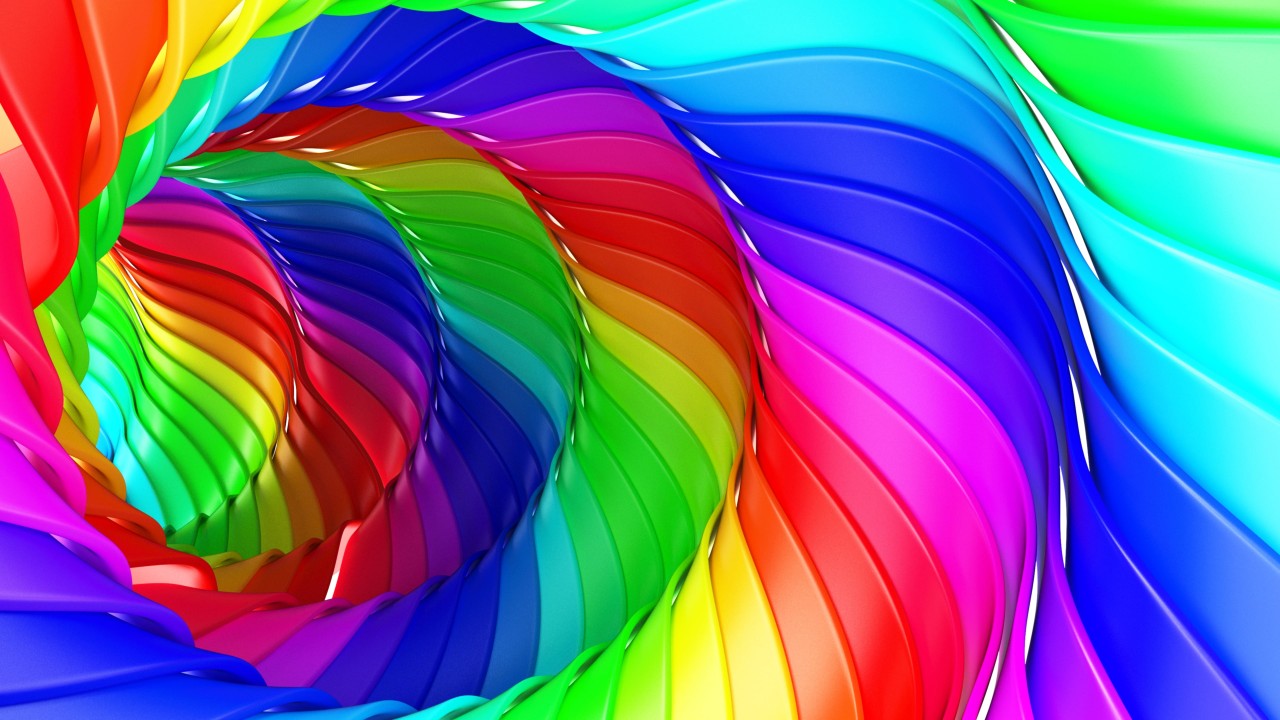
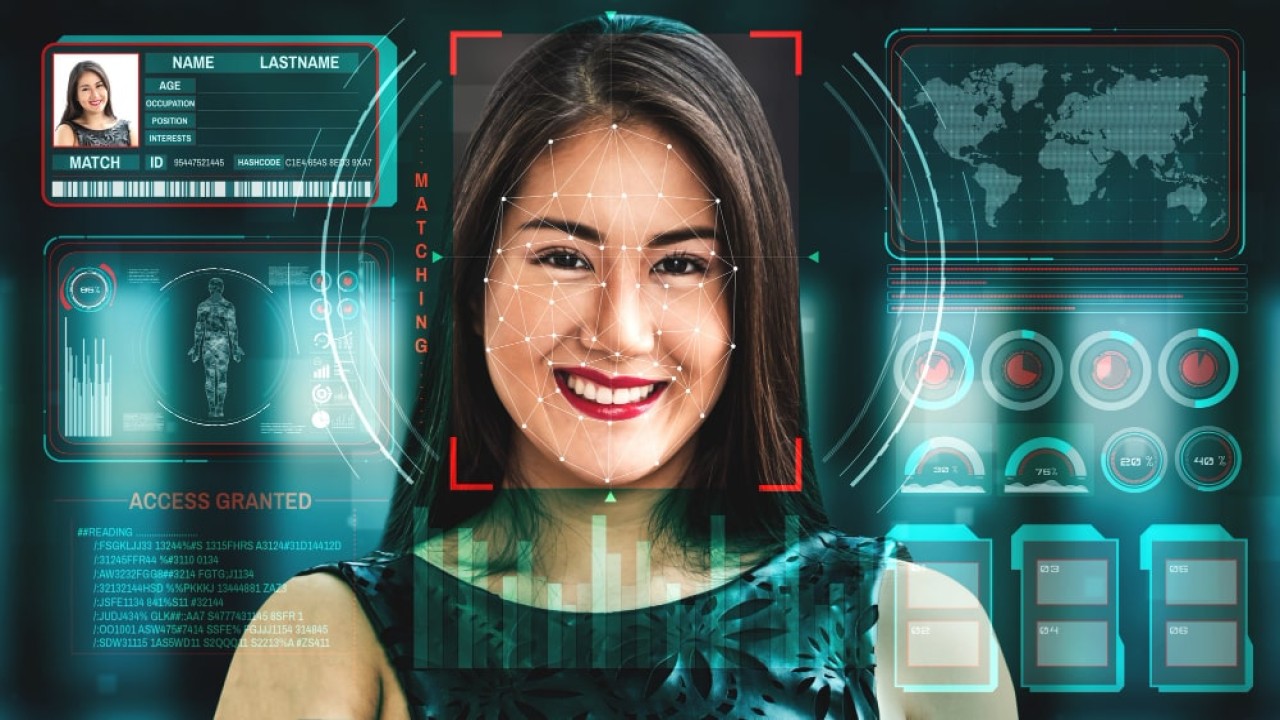
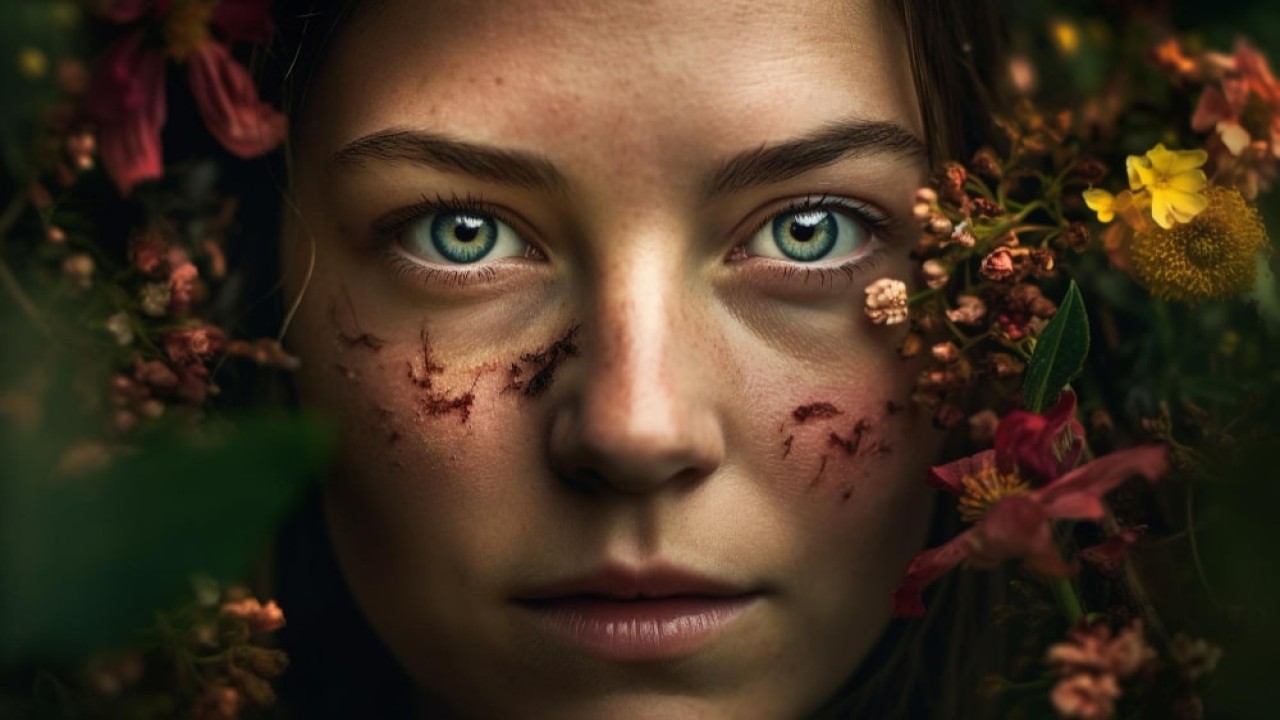
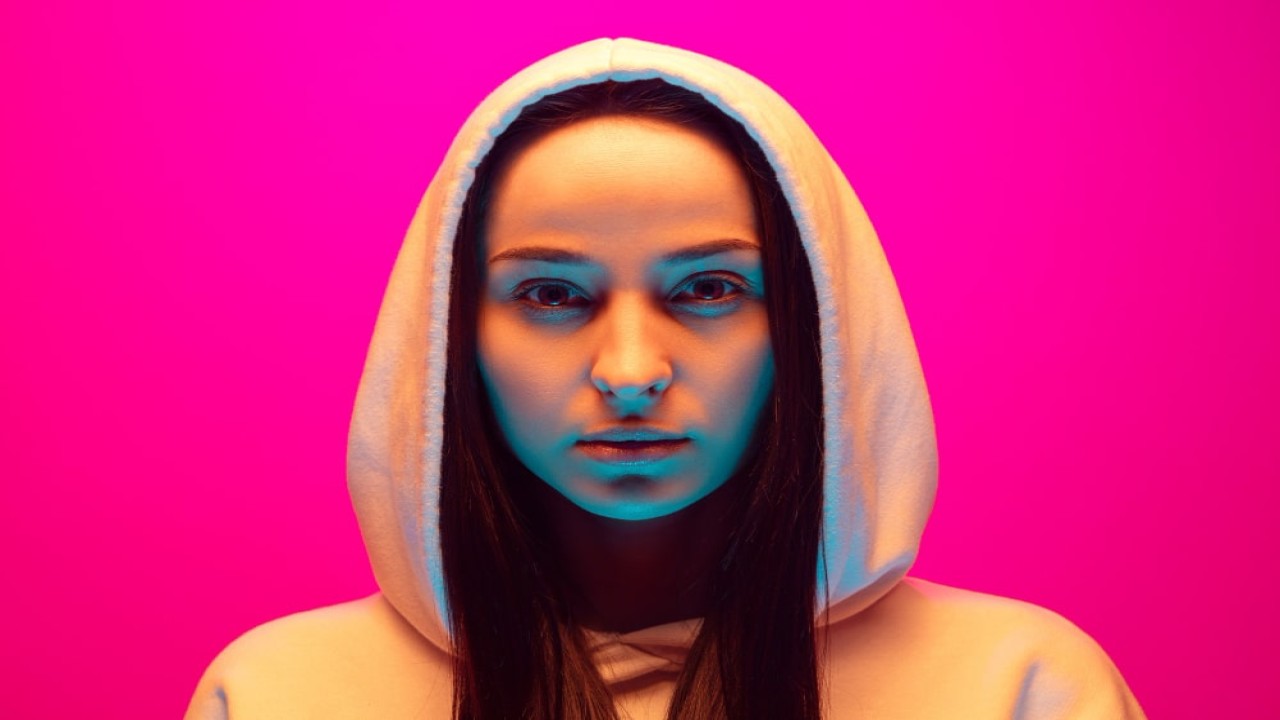
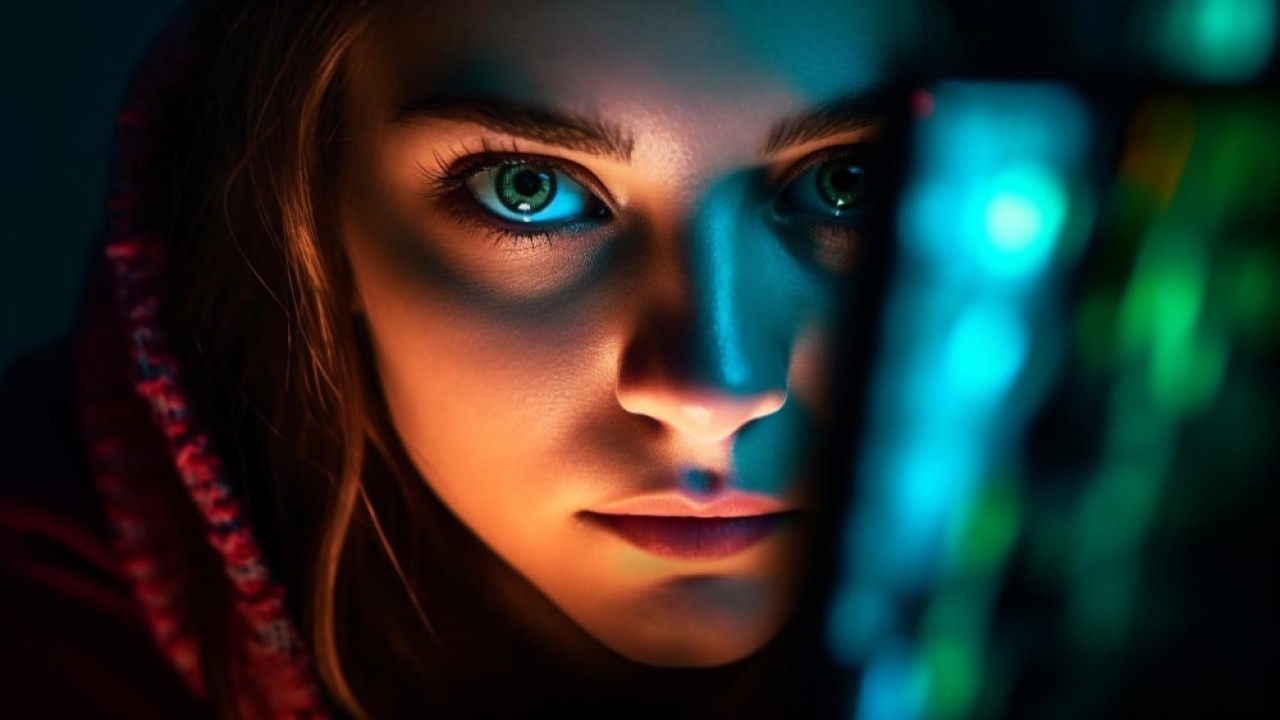
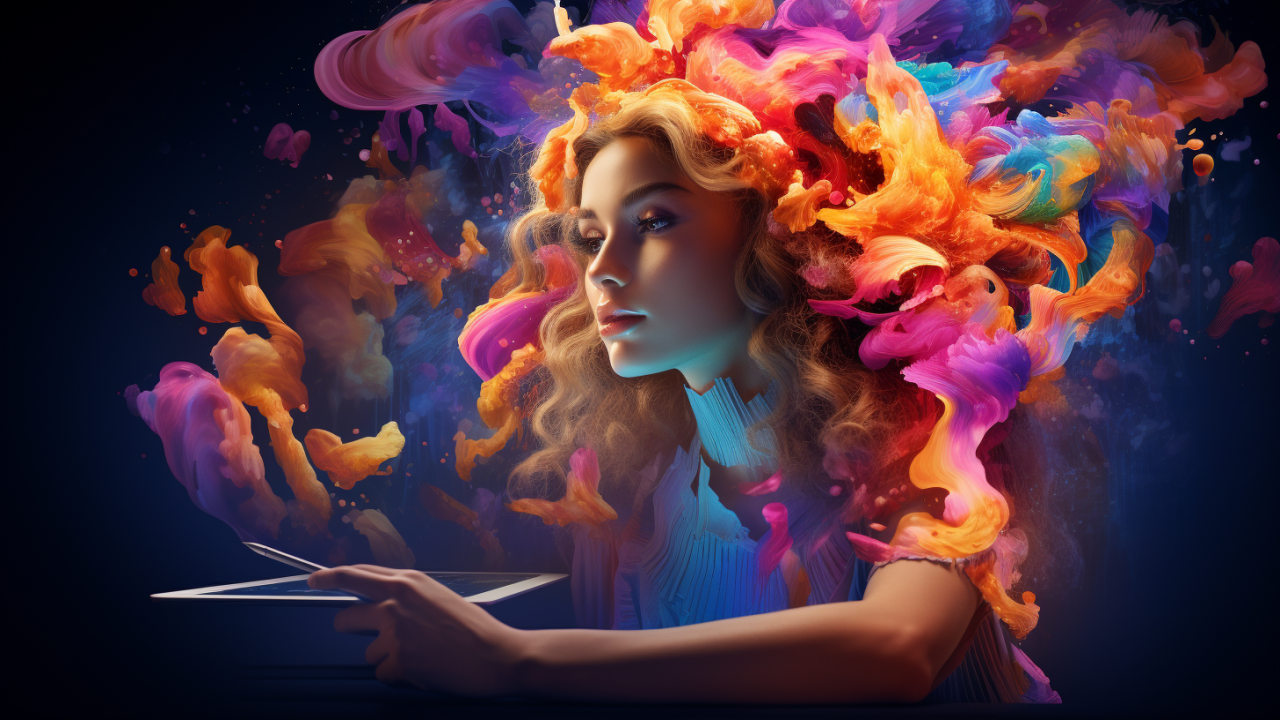
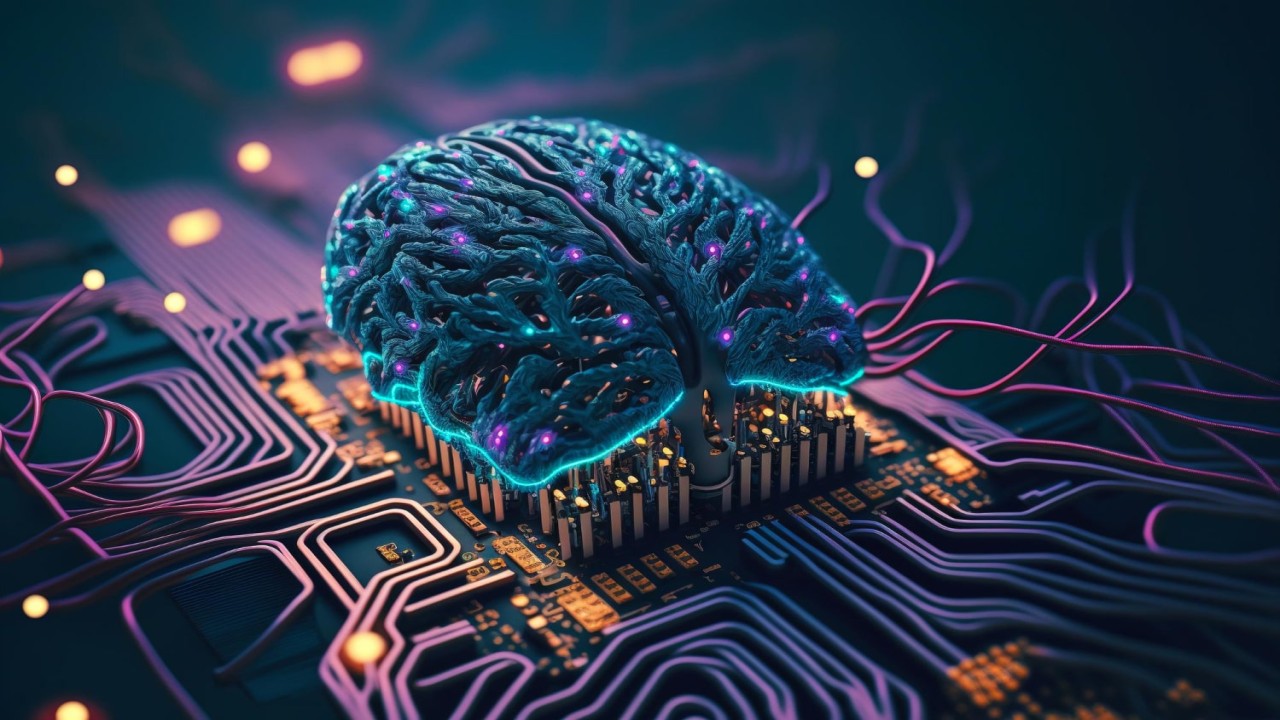
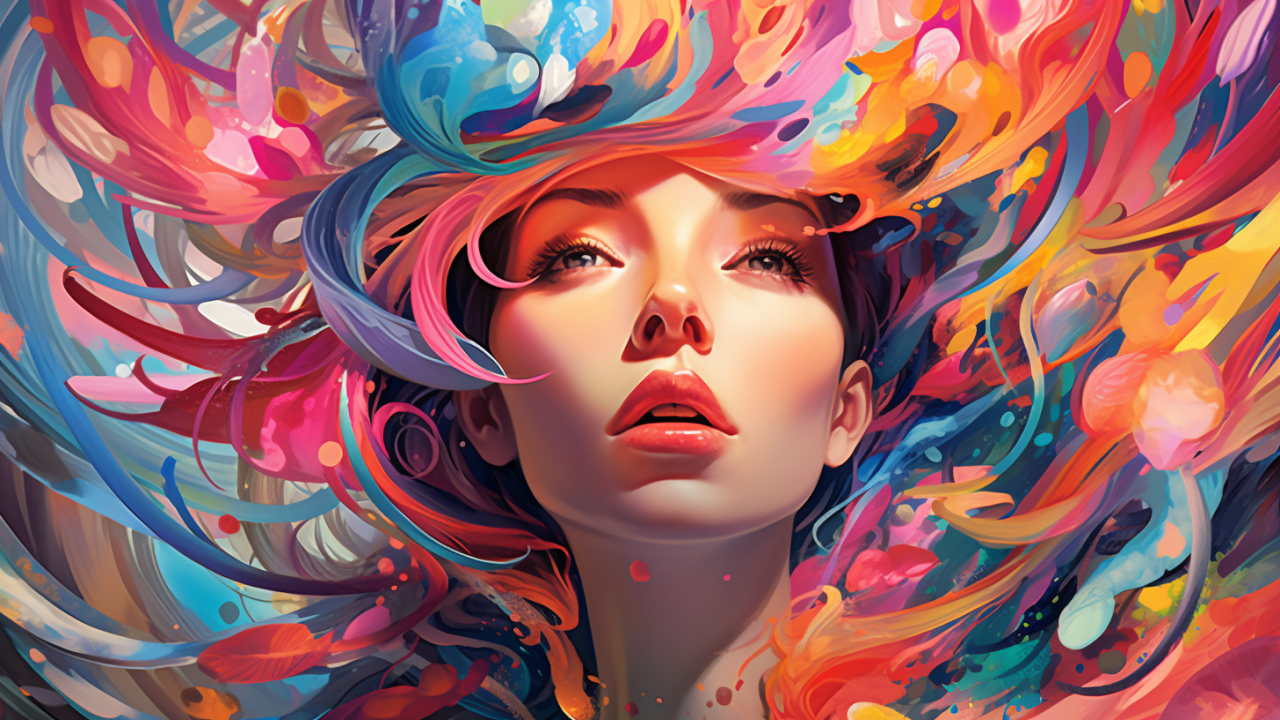
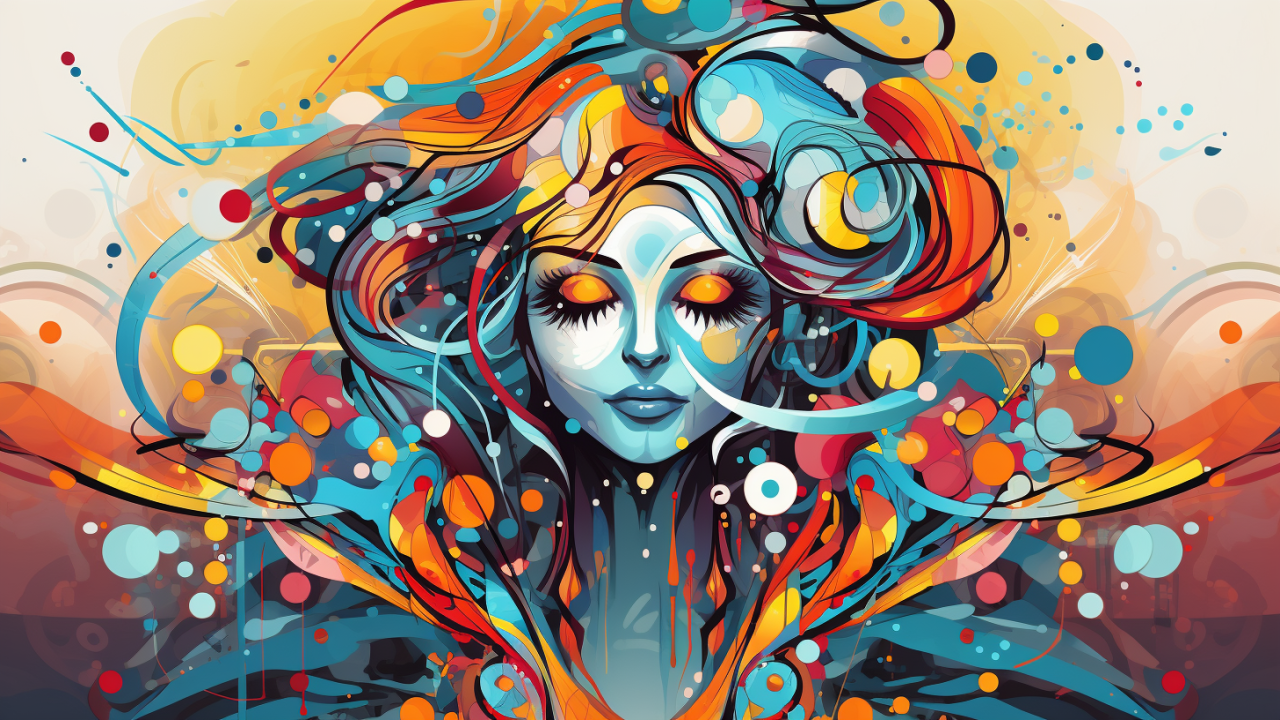
Comments (0)
No comments found